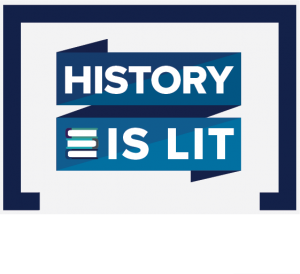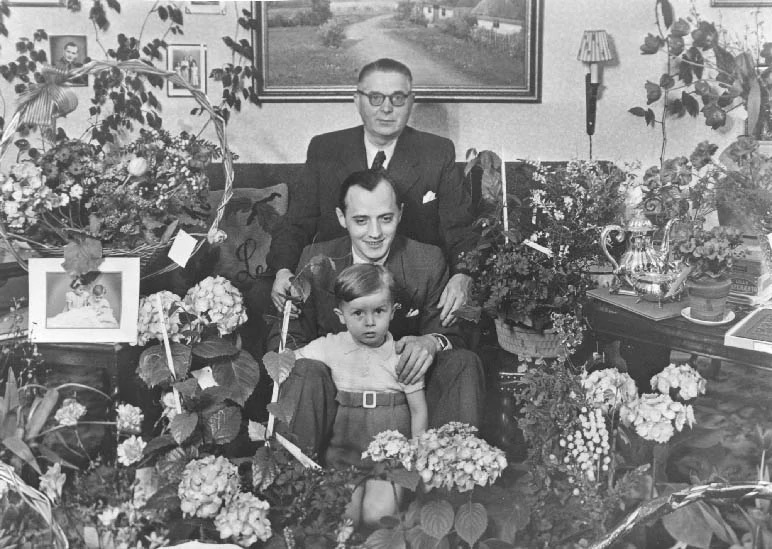On Ole Kirk Christiansen & The LEGO® Legacy

CBC’s new History is Lit series will explore literary history, book lore, ancient storytelling, and any place where stories and yesteryear meet.
One Christmas, my family found themselves celebrating without children. The “kids” of the family were 20- and 30-something adults and no grandkids had arrived yet. We didn’t think much of it until we opened some of our presents. My brother had gotten us all LEGO® sets. Our bewildered expressions mixed with smiles, and soon our other presents lay to the side as we all opened our LEGO sets and started building. We played, laughed, and helped each other.

Imagination, creation, and possibility are the essence of LEGO, the wonderful legacy of Ole Kirk and the Christiansen family.
Ole Kirk Christiansen was born in Filskovand, Denmark on April 7, 1891. His family was very poor but still managed to send him to high school. In 1916, after apprenticing as a carpenter for a few years, Christiansen used his savings to buy a carpentry shop.
In the years after the Great Depression, Christiansen adapted his woodworking to smaller items, noticing that affordable and long-lasting toys were the most popular and bestselling ones. So, he leaned in. He grew a toy business based on quality and attention to detail, his toys—vehicles, ferries, airplanes, buses, and more—were made with wood and finished and painted exquisitely.
In 1944, his employees helped Ole Kirk and his eldest son, now in the business, come up with the name LEGO, based on the Danish words “leg godt” (play well).
In 1947, Ole Kirk purchased a self-molding machine to help him make plastic blocks and expand his toy-making to 200 products of both wood and plastic. By this time, all his children worked with him at LEGO, and in 1949 the Christiansens created their first self-locking building blocks. These were the precursors to the now-iconic LEGO brick with interlocking studs and tubes which was patented in 1958.
The LEGO mania caught quickly across Europe and the world with new lines of LEGO-related creations—theme parks (1968), bigger bricks for smaller children (1969), LEGO figures (1978), programmable robotic LEGO bricks (1998), LEGO video games (2005), and LEGO movies (2014). The LEGO brick is iconic, unchanged since its patent in 1958 and named Toy of the Century in 2000. It is hard to find someone today without even a passing connection, memory, or experience with LEGO and the deep world of exploration and creation that these bricks bring.
As Emmet from the LEGO Movie reminds us, when it comes to LEGO everything is indeed awesome!
FURTHER READING.
LEGO® Awesome Ideas (DK)
LEGO® 100 Ways to Rebuild the World (DK)
LEGO® Minifigure A Visual History (DK)
The LEGO® Games Book (DK)
LEGO® Epic History (DK)
CBC’s resident history and yesteryear explorer, Laura Peraza, takes you back in time. Check out other series on our blog and our Reader Resources for more books and materials.

